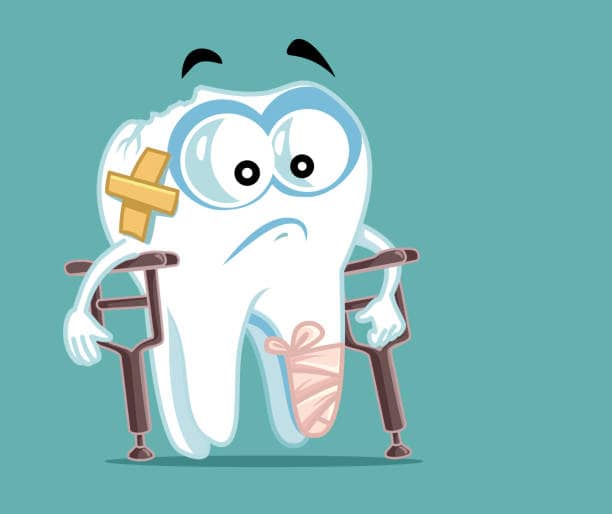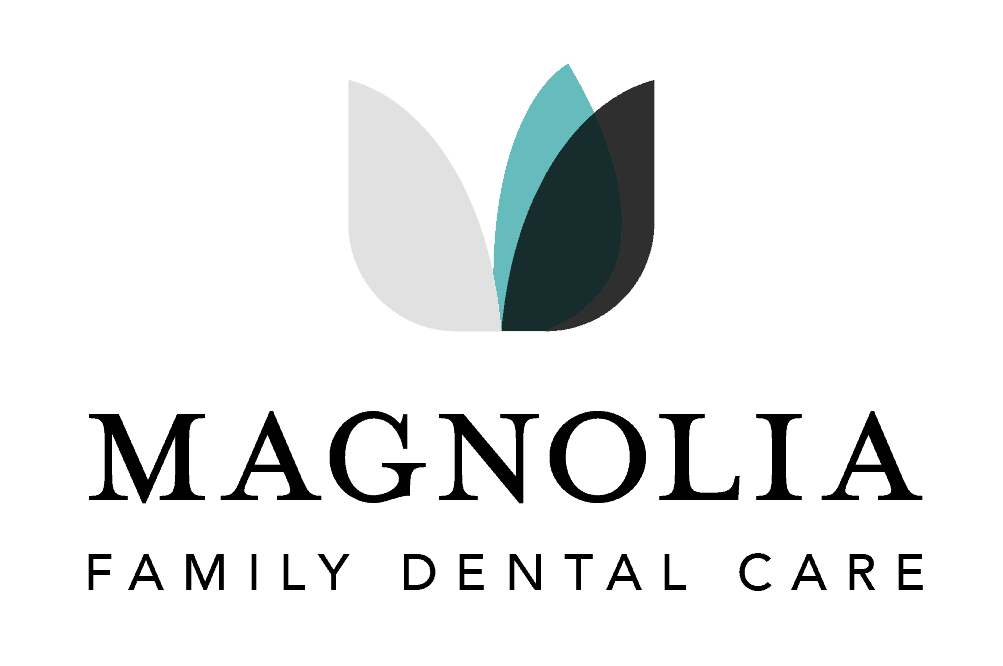
25 Jan Broke My Tooth Eating, Is That A Dental Emergency?
Breaking a tooth while eating can be an alarming experience. Whether it constitutes a dental emergency depends on several factors, including the extent of the damage, the pain level, and whether other complications arise. Let’s explore why tooth fractures occur during eating, what constitutes a dental emergency, and how to handle such situations effectively.

Is It a Dental Emergency?
The term “dental emergency” generally refers to situations that require immediate attention to prevent further damage, alleviate severe pain, or address issues that could lead to serious health complications. A broken tooth can fall into this category under certain circumstances:
1. Pain Level
If breaking a tooth results in severe pain, it is likely due to exposure of the tooth’s inner layers, such as the dentin or pulp. This can lead to sensitivity, sharp pain when biting, or a constant throbbing sensation. The pain of this magnitude warrants immediate dental attention.
2. Extent of Damage
A small chip in the enamel may not be an emergency, though it should still be addressed to prevent further deterioration. However, prompt intervention is necessary if the tooth is fractured down to the root or has significant structural damage.
3. Bleeding and Swelling
If the broken tooth is accompanied by bleeding gums or swelling, it could indicate underlying damage to the surrounding tissues or an infection risk. In such cases, it’s crucial to see a dentist promptly.
4. Loss of Function
Difficulty chewing, speaking, or closing the mouth properly due to a broken tooth may qualify as an emergency, as it impacts essential daily functions.
Why Do Teeth Break While Eating?
It might seem surprising that teeth, designed to handle significant pressure, can break during eating. However, there are several reasons why this can happen:
1. Weakened Teeth
Teeth can weaken over time due to decay, large fillings, or previous dental work. When a compromised tooth is subjected to the forces of biting and chewing, it’s more prone to breaking.
2. Biting Hard Foods
Hard foods such as nuts, hard candies, or unpopped popcorn kernels can put excessive pressure on teeth, leading to fractures.
3. Hidden Cracks
Small cracks in teeth, often caused by grinding or clenching (bruxism), can weaken the tooth structure. These cracks may expand and cause the tooth to break when eating.
4. Aging and Wear
As we age, the enamel—the outer protective layer of teeth—naturally wears down, making teeth more susceptible to damage. Similarly, years of chewing and exposure to acidic foods and drinks can weaken enamel.

What to Do if You Break a Tooth While Eating
If you break a tooth while eating, it’s important to take immediate steps to manage the situation and minimize complications:
1. Assess the Damage
Examine the broken tooth to determine the severity of the fracture. If possible, save any fragments of the tooth for your dentist to evaluate.
2. Rinse Your Mouth
Use warm water to rinse your mouth. This helps clean the area and removes any debris that might irritate the broken tooth or surrounding tissues.
3. Stop Bleeding
If there is bleeding, apply gentle pressure with a piece of gauze or a clean cloth until it stops.
4. Protect the Tooth
Cover any sharp edges with dental wax or sugar-free gum to prevent cuts or irritation to your tongue and cheeks. Avoid chewing on the affected side.
5. Manage Pain
Over-the-counter pain relievers like ibuprofen can help reduce pain and inflammation. Cold compresses applied to the outside of your cheek can also alleviate swelling.
6. Contact Your Dentist
Call your dentist as soon as possible to schedule an appointment. Describe the situation in detail so they can determine whether immediate care is needed.
Treatment Options for a Broken Tooth
The appropriate treatment depends on the type and extent of the damage:
1. Minor Chips
Small chips in the enamel can often be repaired with dental bonding or polishing to smooth the edges.
2. Moderate Fractures
Larger breaks may require a filling or crown to restore the tooth’s structure and function.
3. Severe Damage
If the fracture extends into the pulp, a root canal may be necessary to remove damaged tissue and prevent infection. In some cases, the tooth may need to be extracted and replaced with a dental implant or bridge.
4. Cosmetic Repairs
For front teeth, veneers or crowns can restore both appearance and function.
In Short…
Breaking a tooth while eating can be a minor inconvenience or a significant dental emergency. While teeth are strong, various factors—including weakened enamel, pre-existing conditions, and the type of food consumed—can make them vulnerable to fractures. If you experience a broken tooth, it’s essential to assess the damage, take immediate steps to protect the tooth, and consult a dentist promptly. By maintaining good oral hygiene, avoiding risky foods, and addressing dental issues early, you can minimize the chances of experiencing this issue and ensure a healthy smile for years to come.


Sorry, the comment form is closed at this time.